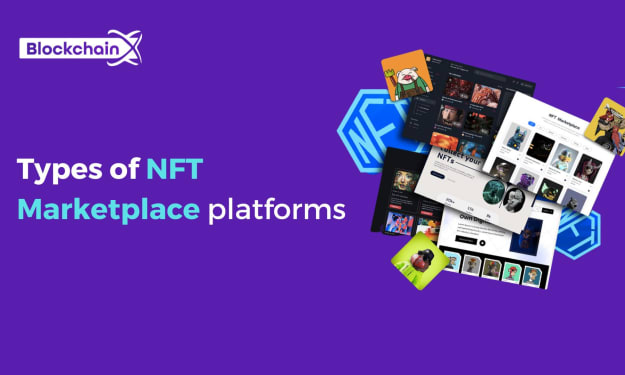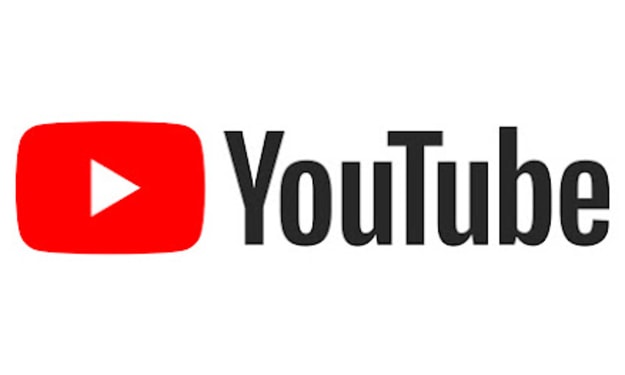
Non-fungible tokens present a new way to interact with the arts, music, sports, media, and even more.
It’s fun to talk about non-fungible tokens , or NFTs, because they are the perfect example of how the impact of blockchain technology on people’s lives goes far beyond the financial market. As we have seen in hundreds of headlines in recent months, they are grabbing the world’s attention because they are a new way of interacting with culture, music, sports and the media.
Basketball star turned digital horse racing mogul: Wilson Chandler on NFTs and the NBA
This article will shed light on what NFTs are, how they work, how the boom started, and why Blockchain technology made it possible for these tokens to create a new economy.
Why is there so much excitement around NFTs?
NFTs are such an exciting and fun topic to talk about because almost everyone likes music, art, games, and surfing the internet. The feeds of all social media platforms are full of people who, without having shown any prior interest in crypto assets or decentralized finance, are enthusiastically talking about non-fungible tokens. In the first half of 2021, we saw a ton of celebrities and memes endorsing NFTs.
Jack Dorsey, CEO of Twitter, sold his first tweet as an NFT for an incredible amount of more than USD 2.9 million last March. Edward Snowden’s NFT, a portrait of Snowden himself, was sold for about $5.4 million, or 2,224 Ether
ETH tickers down €1,503. An NFT of the photo that inspired Dogecoin just sold for 4 million dollars ,The NFT of the meme Zoë Roth, better known as “Disaster Girl” due to the 2005 (and beyond) meme of her mischievous smile looking at the camera while a house is on fire in the background, was sold as NFT for 180 ETH , equivalent to almost USD 500,000.
In addition, companies from the traditional market decided to jump on the NFT bandwagon.
The trading volume of NFTs has increased more than 25 times since December 2020 as NFTs are part of people’s routine and daily life. It could be one of your favorite songs, a cartoon of your favorite superhero, or a tool from a game that your children want to buy. In the chart below, we can clearly see the increase in NFT transactions over the past six months, as well as the trading volume since the end of the third quarter before the recent bubble burst .
What are NFTs? How do they work?
We can conceptualize an NFT as a piece of software code that verifies ownership of a non-fungible digital asset, or the digital representation of the non-fungible physical asset on digital media. For those who prefer a more technical vision:
“An NFT is a pattern of smart contracts that provides a standardized way to verify who owns an NFT, and a standardized way to ‘move’ non-fungible digital assets.”
In this case, any non-fungible asset can be the subject of an NFT, be it domain names, event tickets, in-game digital currencies, and even identifiers on social networks like Twitter or Facebook. All those non-fungible digital assets could be NFTs.
An NFT has a data structure (token) that links the metadata files that can be affixed to an image or file. That token is uploaded and modified to fit the requirements of blockchain networks like Ethereum, Kusama, and Flow, among others. The artwork file is uploaded to a blockchain network which creates a metadata file in the token data structure.
Sotheby’s auction sets new world record for $11.8 million CryptoPunk sale
As a content creator, like digital artist Beeple or rock band Kings of Leon , you upload your artwork file to a platform that takes your file ‘s metadata and passes it through the entire back-end process of a product, too. known as your NFT.
Your NFT then obtains a cryptographic hash (a lla), a tamper-proof record with the date and time stamp carried by the blockchain network. Tracking valuable data and seeing that it was not modified at a later date is essential for any artist.
Uploading your artwork on-chain can give you a better insight into when the artwork file metadata was tokenized. Since the part data is uploaded, no one can recover or delete it, and the chance of your work disappearing is virtually non-existent if your NFT is registered on a blockchain.
How has Blockchain technology expanded the possibilities of NFTs?
As a result, they were not standardized, and NFT marketplaces were closed and limited to the platforms that issued and created a given NFT.
The first NFTs on a blockchain began with the arrival of colored coins on the Bitcoin blockchain . Although they were originally designed to allow Bitcoin transactions BTC tickers down €21,785, its scripting language stores small amounts of metadata on the blockchain, which can be used to represent asset management instructions.
On the other hand, the first NFT experiment based on the Ethereum blockchain was CryptoPunks developed by Larva Labs, which consisted of 10,000 collectible and “unique” punks. The fact that punks “live” on the Ethereum network made them interoperable with digital markets and wallets
NFTs reached the masses on the Ethereum blockchain in 2017 with CryptoKitties, which allowed users to create digital cats and breed them with different pedigrees. This was a pioneering project in the creation of a sophisticated incentive system, determining that NFTs could be used as a promotional tool. This led to further interest in auction contracts, which of late have become one of the main NFT buying and pricing mechanisms.
About the Creator
Boopathi
Digital Marketer , SEO Analyst






Comments
There are no comments for this story
Be the first to respond and start the conversation.